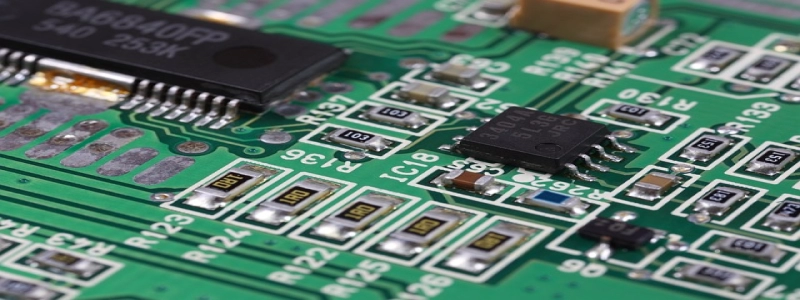What are SFP Ports
介紹:
SFP ports, also known as Small Form-Factor Pluggable ports, are widely used in telecommunication and networking equipment. They are designed to provide a flexible and cost-effective solution for connecting different types of fiber optic cables, copper cables, and other transmission media. 本文內容, we will explore the features and functions of SFP ports in more detail.
我. Definition and Purpose of SFP Ports:
1. Definition: SFP ports are hot-swappable interfaces that allow users to easily connect different types of cables to networking devices such as switches, routers, and media converters.
2. Purpose: SFP ports provide a modular and flexible solution for network administrators to quickly adapt to different network requirements, reducing the need for costly equipment replacements.
第二. Types of SFP Ports:
1. Single-mode SFP ports: These ports are designed for long-distance communication over single-mode fiber optic cables, which can transmit signals over a greater distance with minimal signal loss.
2. Multi-mode SFP ports: These ports are suitable for shorter distance communication within a local area network (LAN), using multi-mode fiber optic cables.
3. Copper SFP ports: These ports use RJ-45 connectors to support copper-based Ethernet connections, typically over Cat5e or Cat6 cables.
第三. Advantages of SFP Ports:
1. Versatility: SFP ports support a wide range of transmission media, including fiber optics, copper cables, and other types of specialty cables, allowing for greater flexibility in network design.
2. 可擴展性: SFP ports allow for easy expansion and upgrades, as new modules can be swapped in without disrupting the entire network infrastructure.
3. Cost-effectiveness: By using SFP ports, network administrators can save costs by purchasing only the necessary modules for their specific needs, instead of investing in separate equipment for each type of connection.
4. Interoperability: SFP ports adhere to a standardized form factor, ensuring compatibility with various networking devices from different manufacturers.
四. SFP Port Configurations:
1. Simplex: In simplex configuration, a single fiber is used for transmitting and receiving data.
2. Duplex: In duplex configuration, two fibers are used, typically for bidirectional communication.
3. BiDi (Bidirectional): BiDi SFP ports use a single fiber for transmitting and receiving data, simultaneously, using different wavelengths.
V. Common Applications of SFP Ports:
1. 數據中心: SFP ports are widely used in data centers for connecting network equipment, servers, storage arrays, and other devices.
2. Telecommunication: SFP ports play a key role in telecommunication networks, enabling high-speed data transmission between different network nodes.
3. Service Providers: SFP ports are essential in service provider networks, allowing for efficient and flexible connectivity options for customers.
4. Industrial Environments: SFP ports are also used in industrial environments, providing reliable and flexible connections for rugged network equipment.
結論:
SFP ports offer significant advantages in terms of flexibility, scalability, and cost-effectiveness in networking and telecommunication applications. By supporting different types of transmission media and adhering to standardized form factors, SFP ports provide a versatile solution for adapting to changing network requirements. With their modular design, SFP ports empower network administrators to easily expand and upgrade their networks without major disruptions.







